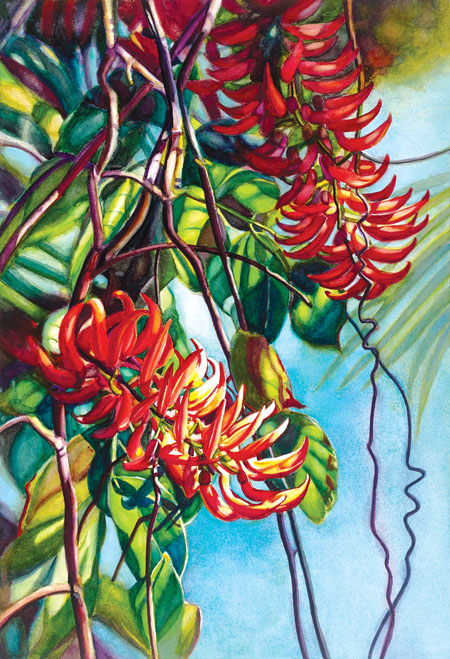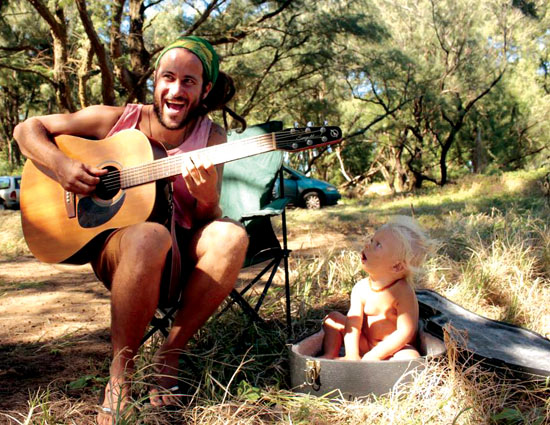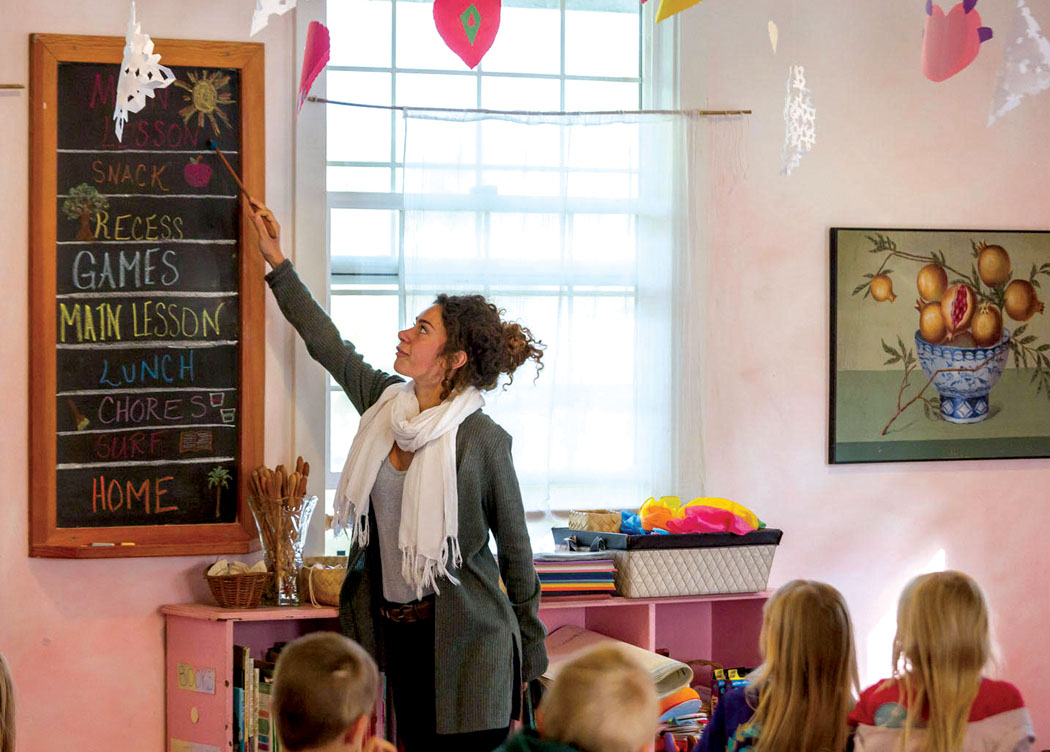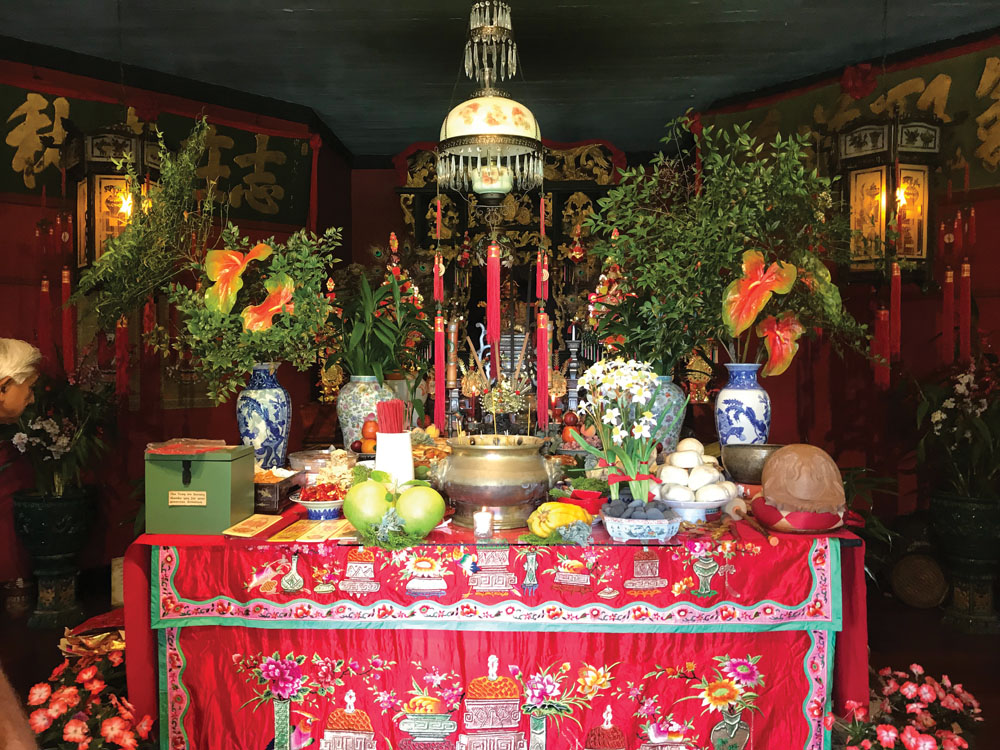
Tong Wo Society’s Historic Kapa‘au Building Opens Once a Year
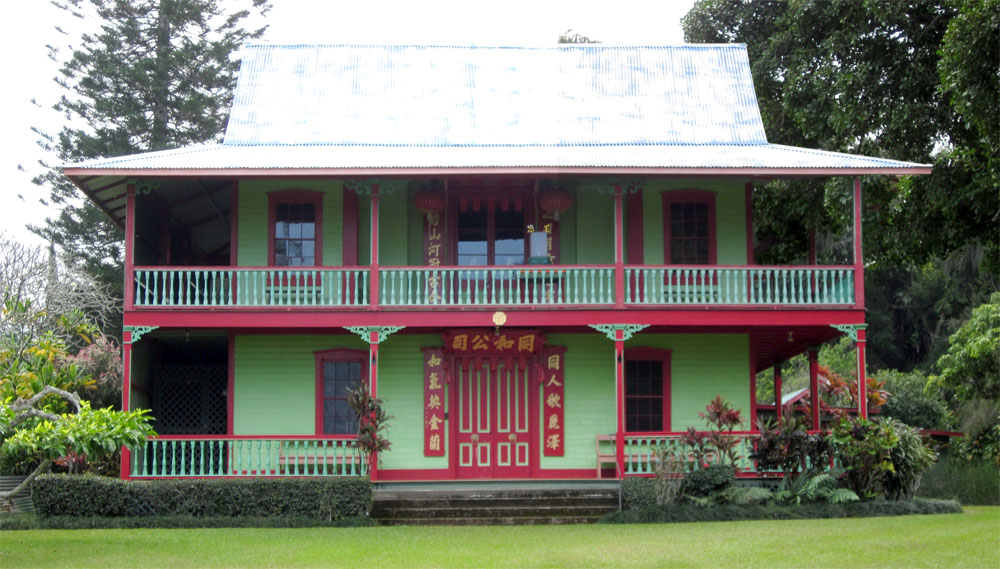
By Ma‘ata Tukuafu
Situated high on a hill in Kapa‘au is a colorful historical building constructed by early Chinese immigrants in 1884. Called the Tong Wo Society building, it served several purposes: a spiritual Taoist gathering place, a meeting house for an Eastern type of Masonic organization, and was used as a disguise from mainland Chinese government emissaries who were sent to check that expatriates were not plotting against them.
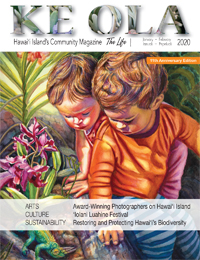
Clyde Wong has been the caretaker for the Tong Wo Society building since the early 1970s. He and his brother, Gordon Oshiro, maintain the grounds and watch over the building, opening it up only once a year to the public for the Chinese New Year celebration. Clyde is very knowledgeable of the customs, the history, and the legacy of these early pioneers.
Between 1840 and 1850, many Chinese immigrants to Hawai‘i were Hakka, an ethnic society who never assimilated into the Chinese culture. The first wave of Hakka Chinese were very poor men who left wives and families behind or who were single. Many of the men had three-year contracts to pay for their boat passage, and worked six days a week, from sunrise to sunset. Wages were around 10 to 15 cents a day, depending on the whim of the plantation owners or bosses, totaling about $3.00 per month.
“They immediately became involved with the Hawaiian population,” Clyde says, “And got along so well with the Hawaiians that it alarmed the plantation owners. Eventually they were making big families, and didn’t want to work for the plantations anymore.”
After contact, many Hawaiians had contracted diseases and were too ill to work or had died. The Chinese were able to lease a lot of the land; they refurbished fishponds, revived the taro patches, and cultivated rice paddies, eventually exporting rice to the continental US. As an industrious people, they would grow, harvest, and cook the taro, making it ready for the Hawaiians to buy and pound themselves. They plucked lauhala and would strip, cure, and roll it to sell to Hawaiians so they could weave mats, sails, thatching and more. The later immigrants brought their families with them, settling into life in the islands.
Acquiring the Land
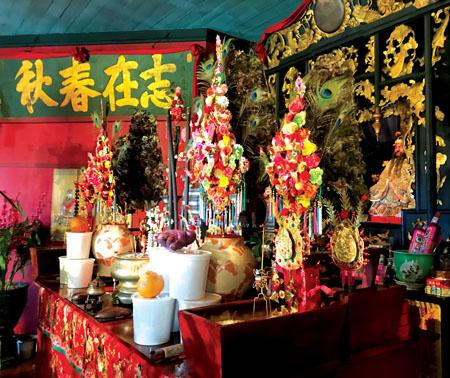
It was in 1883, Clyde explains, that the Chinese purchased the Kapa‘au land upon which the Tong Wo Society building was built. Many of the Hakka who had finished out their contracts started their own farms or businesses. Concerned with the welfare of their fellow countrymen in the islands, they began to build clubhouses for meeting together, later becoming a viable political force.
The North Kohala settlers recognized the perfect feng shui placement of that parcel: the wind blew from east to west, the stream ran alongside, and the mountains were at the back of the property. At that time, Chinese could purchase land in Hawai‘i, unlike their counterparts on the continental US. While certain “scrub” (uncultivated land) properties could be purchased for 25 cents, a Scotsman named Sheldon agreed to sell this 2.5-acre property for $500 with a 12 percent interest note. Everyone who could afford to, pitched in to pay the entire land note in only three payments within one year.
In 1884 construction began on the building itself, having been prefabricated on the West Coast with an interior of old-growth redwood beams and shipped by floating the lumber in the ocean. Clyde says this saturation of salt wasn’t good for the nails—they rusted—but was excellent for preventing termites. After the lumber made it to Mahukona, the wood was carried by mule and oxen cart up to the site. Originally built on huge beach rock, it has since been retrofitted on post and pier. Stock windows were purchased through the Plantation General Store and the roof was constructed of redwood shingles. The exterior paint colors were originally a whitewash brown with red trim, and are now a vibrant green for yin and cherry red for yang.

Clyde tells a story about an “old guy” who was turning the dowels used for the railings. He would call out for the neighborhood kids to come and spin the machinery for hours, paying them five cents so he could lathe the dowels. “They were hungry boys, and five cents was a lot!” explains Clyde. “Eventually the old man died during the project, and so the right side of the building is finished with cross beams under the railings, instead of dowels.”
When it was completed and dedicated in 1886, the Tong Wo Society building became the first Chinese gathering house on the island. Eventually more society houses were built: Chi Hing in Kailua-Kona (where McDonalds is now), Bo Sing Ton in Na‘ālehu, and Lin Hing in Hilo. Clyde says there were also society buildings in Honoka‘a and Waipi‘o.

Downstairs is the big hall where many gatherings took place. Old student desks line the walls and banners hang, with memories of bygone days. The stairway upstairs has been replaced; the original was too steep and not built to code. Once upstairs, there are altars everywhere; door gods are responsible for looking after the building while an entrance table with incense and offerings are for the gods of heaven. Inside the middle of the room is a statue of a deity who was a real-life general with a history of military success. Known as the patron of restaurateurs, bankers, firemen, and policemen, he is the epitome of the Hakka people who are known to be fierce fighters and excellent military leaders. The ornately decorated tables are filled with flowers, incense, and fruit, and the antique chandeliers have survived many earthquakes. “In the northern corner,” Clyde explains, “is an earth god’s altar for respect to the land, the haole gods, and the Hawaiian gods. We respect all of them.”
On the left side of the great room is a smaller room dedicated to the goddess of compassion, Kwan Yin, and to Kwan Kung, god of war known to defend the guiltless and righteous. It is no surprise that the strong, hard-working Hakka women wanted to have these deities represented. Of all the society buildings in Hawai‘i, Tong Wo is the only one that allowed females inside. The women came for special occasions and spent years of devotion and prayers to ask for bountiful crops, happy families, and good health.
The room on the right side is dedicated to Sun Yat-sen, a philosopher, physician, and politician who spent his early years in Honolulu. He eventually became the first president of the Republic of China, and many Hawaiian Chinese were involved in his leadership through their support within the society.
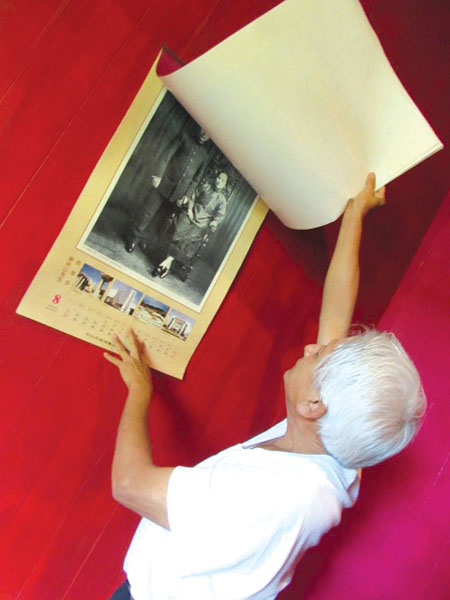
A kitchen building, which used to be a barn, is connected with a walkway. In the evenings, men would gather, purchase tickets, and gamble. Clyde says fortunes were made with games like Mah Jong and any other Chinese game that could be played. There were five small cookhouses to the side of the slab. The remaining cookhouse is the largest of the now-collapsed progressively smaller ones. They held huge woks and iron pots, and the women who cooked could accommodate food for 2000 people on some celebrations.
The heyday for the Tong Wo Society was during the 1920s and 30s. The attack at Pearl Harbor changed everything. Most of the Chinese left North Kohala for Honolulu to fill jobs the Japanese had held after they were taken to mainland internment camps. Families also wanted their kids to have better educations and with that migration, the aging 80 and 90-year-old immigrants with no families were left behind. “They could barely make it up the stairs,” Clyde says, “but would reminisce about younger days and wait to die. The society for them was like a home away from home.”
There are more than 200 burial sites on the society grounds. Many graves are marked, many more are not. Some are for children who died during the influenza outbreak, while others are for men who died while digging the Kohala Ditch. The Hakka Chinese traditional burials are ideally on a hillside with their feet toward the stream. The spring-cleaning ceremony of Ming Ching is part of the New Year celebration, the streams open up and the spirits are called. A big feast is served, incense is burned and candles are lit. Once the last candle and incense is out, the spirits cross back over the bridge and everyone goes home happy until the next year.
In essence, the Tong Wo building is a record of severe times of change, a legacy of a strong people who crossed oceans and survived hard times while their sole point of being was to give their children a better life. It is the perfect lesson in survival and a people who built a treasure to take into the future. ❖

Annual Lunar New Year Celebration
The Tong Wo Lunar New Year celebration is a fundraiser and is open to the public on Sunday, February 2, 2020 from 10am–2pm. The festivities include massive firecrackers, a traditional lion dance, a potluck luncheon, and a lecture series on the Chinese in Hawai‘i. Street parking only, at 53-4358 Akoni Pule Highway, Kapa‘au.
Mahalo Clark Realty—Home/Building Story Sponsor
